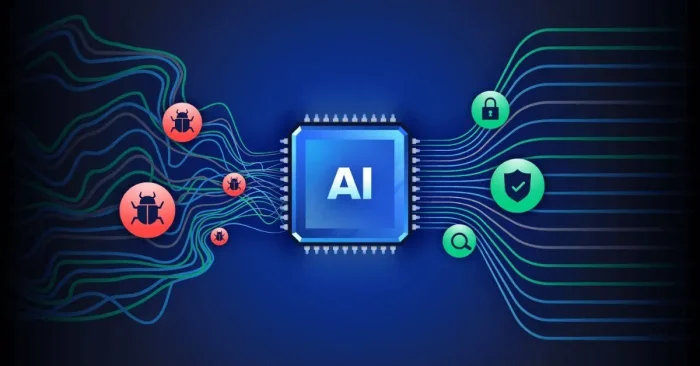Overview
AI tools for bug detection help developers, QA teams, and DevOps engineers find, prioritize, and fix software defects faster and more accurately. By combining static and dynamic analysis with machine learning, these tools detect code smells, security vulnerabilities, runtime errors, and flaky tests. They integrate with development pipelines to provide real-time alerts, suggest fixes, and reduce time-to-resolution. Small teams benefit from automated code review and test-generation features, while large organizations scale quality assurance across multiple repositories. AI-powered bug detection improves software reliability, speeds up releases, and reduces maintenance costs through smarter, data-driven diagnostics.
1. AI in Static Code Analysis
AI static analyzers scan source code for bugs, anti-patterns, and potential vulnerabilities without running the program. Using learned patterns and language models, they detect subtle issues—like null dereferences or resource leaks—that traditional linters may miss. Developers receive prioritized findings with context, helping them fix problems early in the development cycle.
2. AI for Dynamic Analysis & Runtime Monitoring
AI monitors applications in production to identify runtime exceptions, memory leaks, and performance regressions. By analyzing traces, logs, and telemetry, these tools pinpoint the root cause and correlate errors with code changes. This reduces noisy alerts and helps teams respond quickly to actual incidents.
3. AI in Automated Code Review
AI-powered code review tools provide inline feedback on pull requests, suggesting bug fixes, style improvements, and security hardening. They learn from project history and team rules to give context-aware recommendations, speeding up code review cycles and improving code quality across contributors.
4. AI for Test Generation & Prioritization
AI generates unit, integration, and end-to-end tests based on code paths and usage patterns. It also prioritizes tests likely to catch regressions by analyzing historical failures and code churn. This increases test coverage while reducing the time spent writing and running low-value tests.
5. AI in Security & Vulnerability Detection
Security-focused AI tools scan codebases and dependencies to find vulnerabilities, insecure configurations, and possible injection points. They map findings to CVEs and suggest remediation steps, helping DevSecOps teams prevent security incidents before deployment.
6. AI for Log & Exception Analysis
AI analyzes logs, stack traces, and error patterns to cluster related incidents and surface the most frequent or severe bugs. By grouping similar errors and highlighting root causes, teams can address systemic issues rather than treating individual alerts.
7. AI in Anomaly & Performance Detection
AI models learn normal application behavior and detect anomalies in latency, throughput, or resource usage. Early detection of performance anomalies prevents outages and helps engineers identify inefficient code paths or configuration issues.
8. AI for Automated Patch Suggestions
Advanced AI tools can suggest code changes or small patches that fix detected bugs, along with explanations. These suggestions accelerate developer workflows by providing a starting point for fixes, while still requiring human review to ensure correctness and design alignment.
9. AI in CI/CD & Workflow Integration
AI bug detectors integrate with CI/CD pipelines, issue trackers, and chat platforms to provide real-time feedback on builds and deployments. They can block merges for high-risk issues, auto-create tickets with reproduction steps, and track remediation progress across releases.
10. AI for Explainability & Root-Cause Analysis
Explainable AI features help engineers understand why a tool flagged a bug by pointing to the exact code paths, tests, and historical context. Better explainability increases developer trust and speeds up root-cause analysis, making fixes more effective and lasting.
(FAQs)
Q1: Can AI tools find all bugs?
No. AI tools significantly improve detection and prioritization but cannot catch every defect. Human testing, domain knowledge, and manual code review remain essential.
Q2: Do AI bug detection tools integrate with popular development platforms?
Yes. Most tools integrate with GitHub, GitLab, Bitbucket, CI/CD systems, issue trackers (Jira), and monitoring platforms (Prometheus, Datadog) for seamless workflows.
Q3: Will AI replace QA engineers and developers?
No. AI automates repetitive tasks and surfaces likely issues, but human expertise is required to design tests, validate fixes, and make architectural decisions. AI augments—not replaces—engineering teams.
Learn More About AI Course https://buhave.com/courses/learn/ai/
















